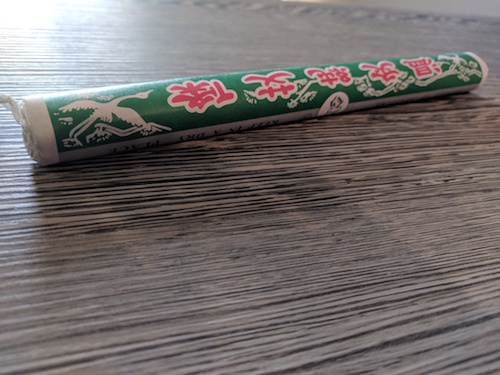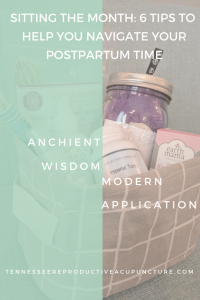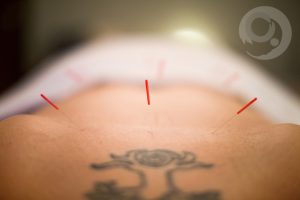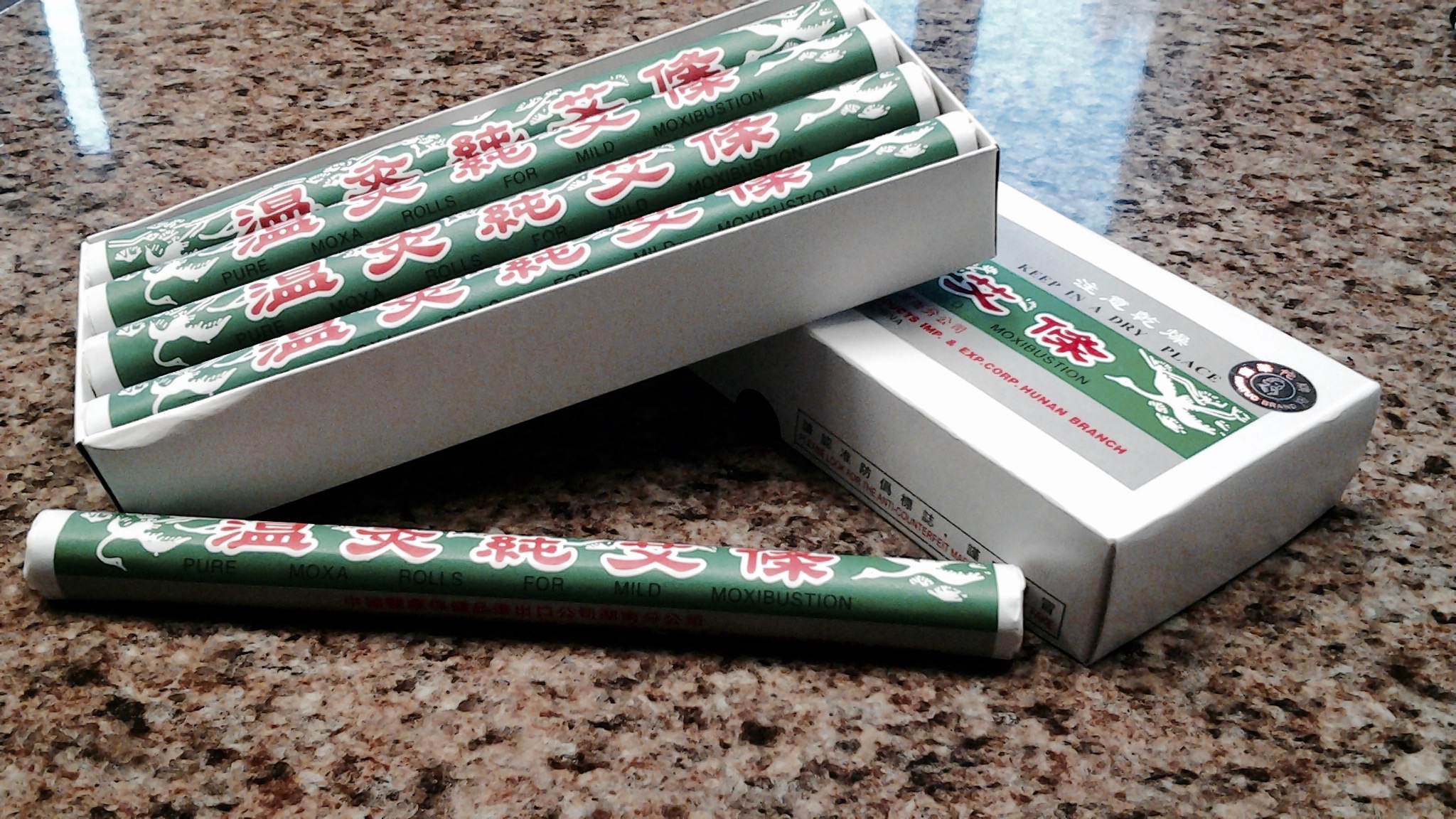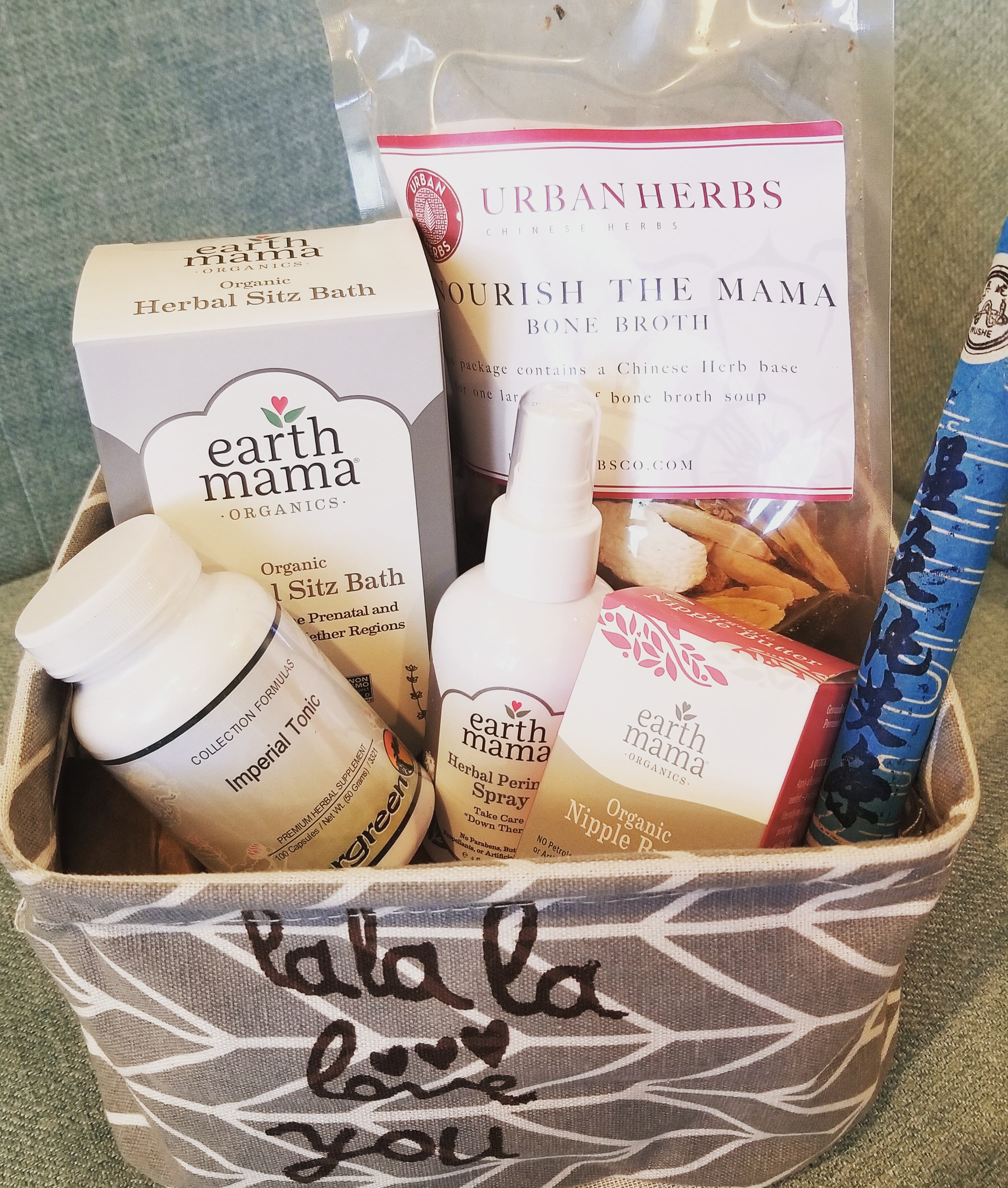 We are so excited to share our postpartum recovery kit with you! Most of our mama’s take so much care planning for their birth, the weeks after baby arrives are often neglected. To follow up with our recent post on planning for this time, we’ve put together a kit with our favorite postpartum must-haves!
We are so excited to share our postpartum recovery kit with you! Most of our mama’s take so much care planning for their birth, the weeks after baby arrives are often neglected. To follow up with our recent post on planning for this time, we’ve put together a kit with our favorite postpartum must-haves!
Sarah, our acupuncturist, developed this kit personally. After the birth of her daughter in February, she tried everything in this kit (and more that didn’t make the cut) and put together something that would really benefit postpartum mamas.
So we’d like to go through exactly what’s in each kit and why it was chosen:
Urban Herbs: Nourish the Mama Bone Broth Herbs: 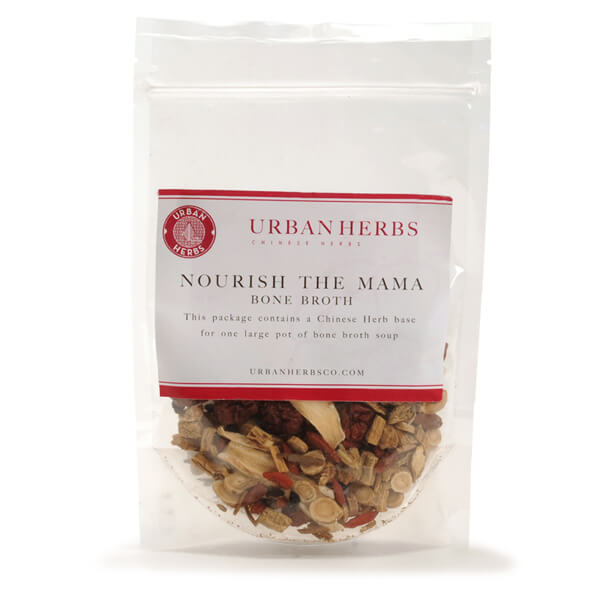
This herbal mix put together by Urban Herbs is a fabulous addition to a bone broth (or vegan/vegetarian bone broth) to help nourish your body after birth. According to Chinese Medical theory, new mothers should try to consume warming foods in the month after birth. This herbal mix is the perfect way to add extra warming nourishment to yourpostpartum diet. These herbs help support your energy level, sleep, stress, and general recovery after birth.
Tip: Make your herbal broth ahead of time and freeze so it’s ready to go quickly. You can use it as a base for your favorite soups or drink on its own.
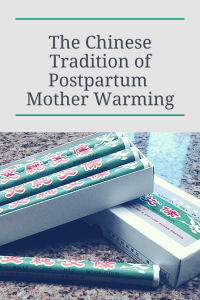 Mother Warming:
Mother Warming:
Mother Warming is another Chinese Medical treatment that helps the new mother recover after birth. Typically done a few days after birth, the warming, soothing moxa treatment done over your lower abdomen feels absolutely delightful! Moxa, a Chinese herb also known as mugwort, strengthens and tonifies the body. It is wrapped in paper, like a cigar, and burned near the skin to gently warm specific acupuncture points supporting recovery. Mothers love this treatment! There are more specific guidelines in our longer post on Mother Warming.
Perineal Spray:
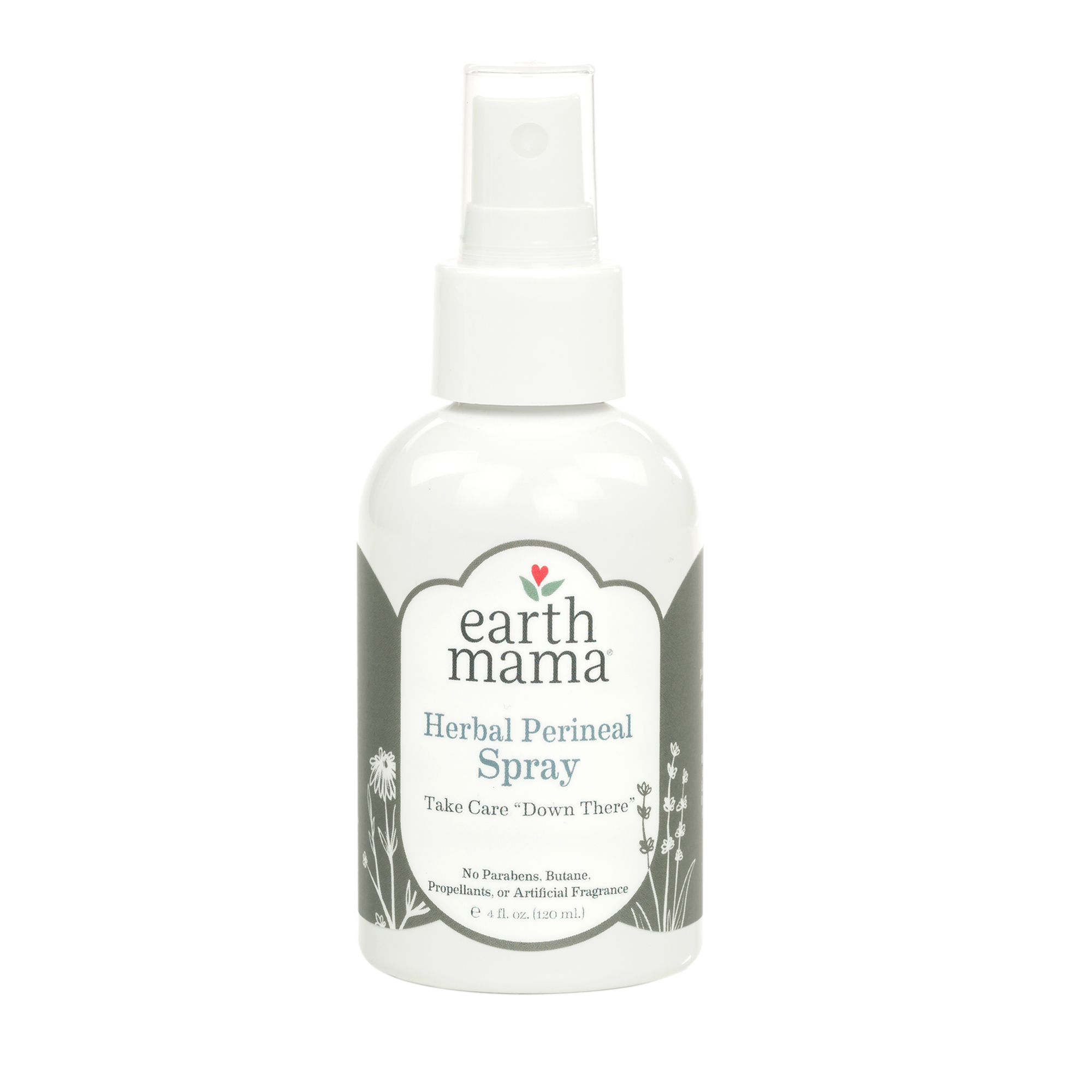 We cannot say enough good things about this herbal perineal spray from Earth Mama Angel Baby. After birth, using the bathroom can be uncomfortable! You’ll find many women recommending ‘padsicles’ to relieve this swelling. We don’t recommend these as they are often too cold for too long a time and can prevent blood flow and hinder the healing process. Instead, use this perineal spray every time you use the restroom or as needed. It is wonderfully cooling, refreshing, and can support healthy perineal healing. And, as a bonus, if you don’t use all of it before your perineum is done healing, it makes a wonderful after sun toner for your skin!
We cannot say enough good things about this herbal perineal spray from Earth Mama Angel Baby. After birth, using the bathroom can be uncomfortable! You’ll find many women recommending ‘padsicles’ to relieve this swelling. We don’t recommend these as they are often too cold for too long a time and can prevent blood flow and hinder the healing process. Instead, use this perineal spray every time you use the restroom or as needed. It is wonderfully cooling, refreshing, and can support healthy perineal healing. And, as a bonus, if you don’t use all of it before your perineum is done healing, it makes a wonderful after sun toner for your skin!
Tip: For extra cooling, keep it in the refrigerator.
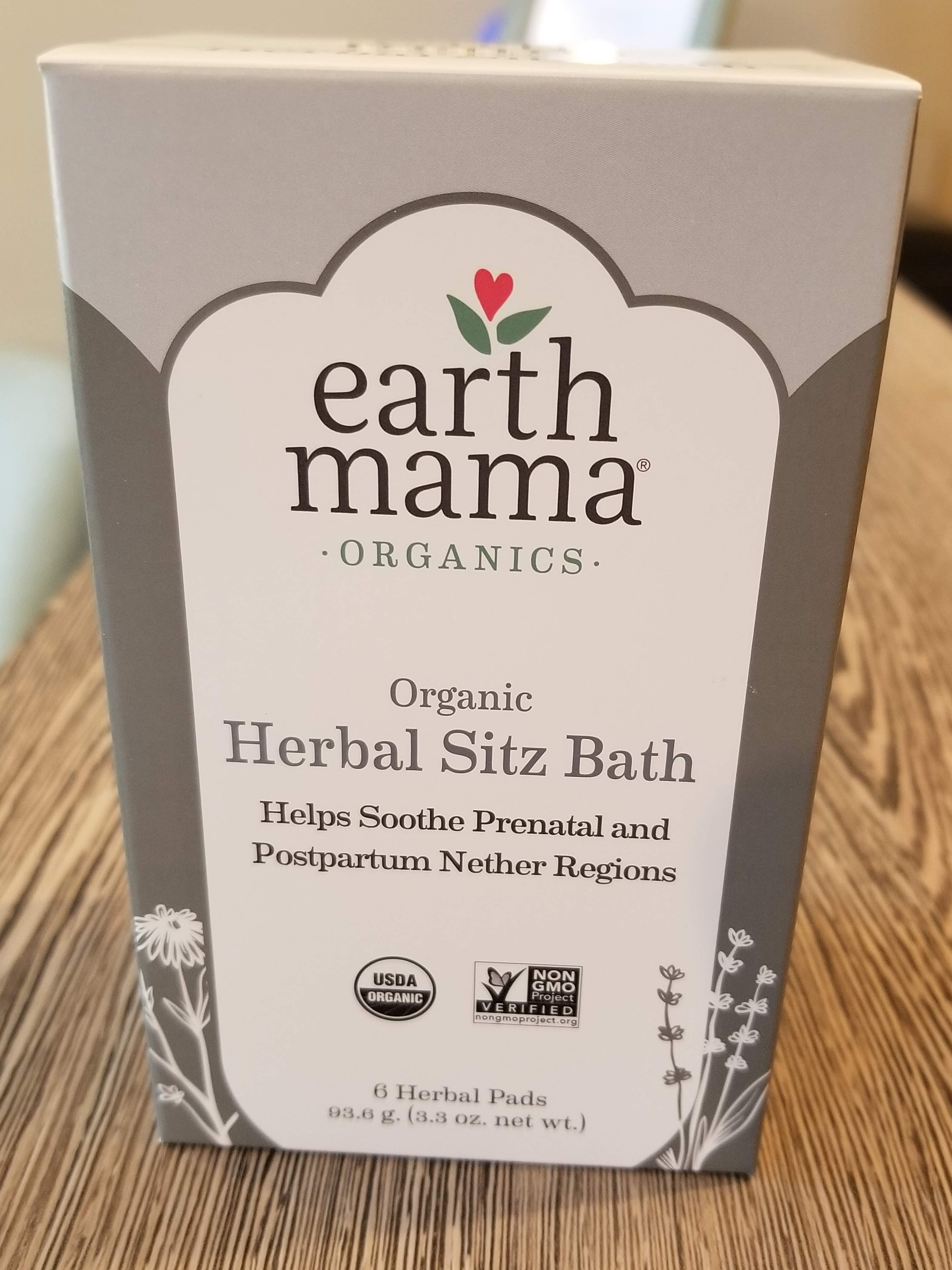 Herbal Sitz Bath:
Herbal Sitz Bath:
According the Earth Mama Organics website: Take care “down there” with herbal compresses filled with organic herbs traditionally used to soothe and comfort “down there” during pregnancy or after childbirth. Packed in easy-to-use, individual herbal sachets, each one is perfect for one use. The compresses can be cooled and gently “tucked” to help ease those pretty places, or use the brewed infusion to make postpartum padsicles or use as a sitz bath. Which is kind of like making tea for your nethers. Which is a totally lovely and perfectly polite thing to do.
 Imperial Tonic Recovery Herbs:
Imperial Tonic Recovery Herbs:
This Chinese herbal formula from Evergreen Herbs is an adaptogenic formula designed to support recovery after childbirth. It helps boost energy levels, support the immune system and healthy blood production, and promote general physical and psychological wellness. Generally, this formula is recommended 1-2 weeks after birth and taken for about a month to promote optimal recovery.
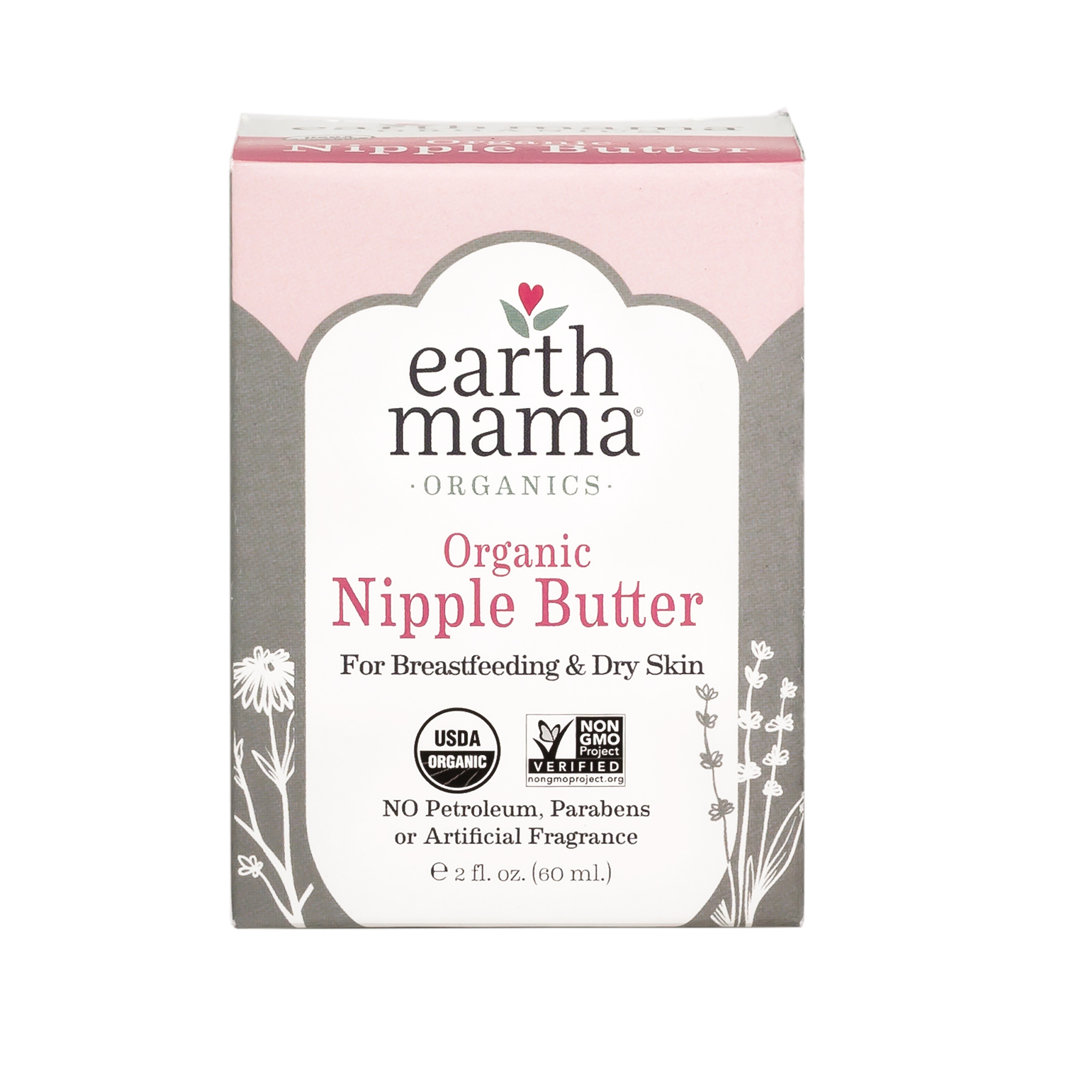 Nipple Cream:
Nipple Cream:
Earth Mama Angel Baby has, again, knocked it out of the park. Many mothers will claim this the best nipple cream on the market. While breastfeeding should not be painful (if it is please seek the care of an independent IBCLC), a good nipple cream applied after breastfeeding can keep nipples from drying out or cracking.
Tip: This is also an excellent salve for cuts and scrapes and make a great lip balm.
So there you have it! All packed up in a cute little storage bin perfect for the nursery, our postpartum kit is a great way to get your postpartum recovery off to a great start! After all, your body, mind, and spirit deserve to be celebrated after your transformation into a new mama!
Postpartum recovery kits are available in the office or online. We do ship, if needed. These also make a great gift for a friend or loved one!



